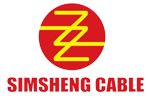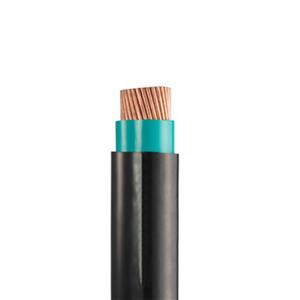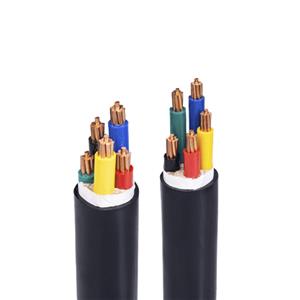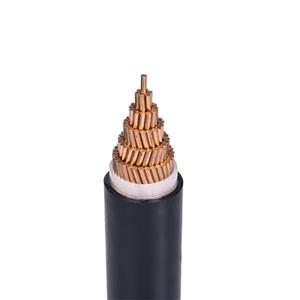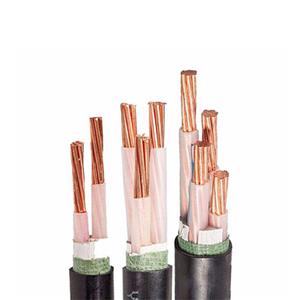The difference between photovoltaic cable and ordinary cable
Photovoltaic wire is a special wire for solar photovoltaic cables, the model is PV1-F. What is the difference between solar photovoltaic wires and ordinary wires? Why can’t ordinary wires be applied to solar photovoltaic power generation? The following is Foshan Yuejiaxin wire & cable Co., Ltd. answer :
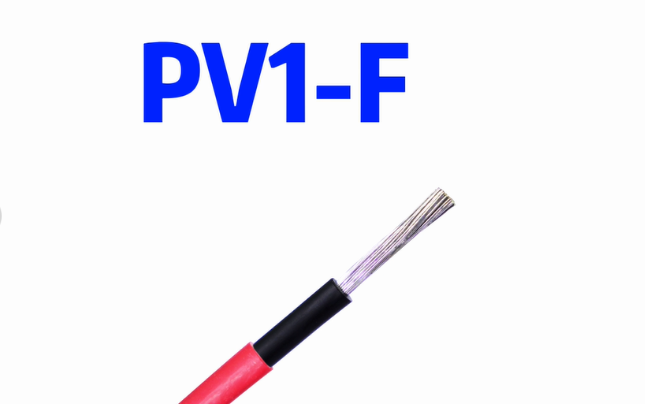
Next, let's compare and analyze the differences between the two wires in terms of conductors, insulation, sheaths, and application scenarios.
[conductor]
Photovoltaic cable: copper conductor or tinned copper conductor
Ordinary cable: copper conductor or tinned copper conductor
[insulation]
Photovoltaic cables: irradiated cross-linked polyolefin insulation
Ordinary cable: Polyvinyl chloride (PVC) or XLPE insulation
[jacket]
Photovoltaic cables: irradiated cross-linked polyolefin insulation
Ordinary cable: PVC sheath
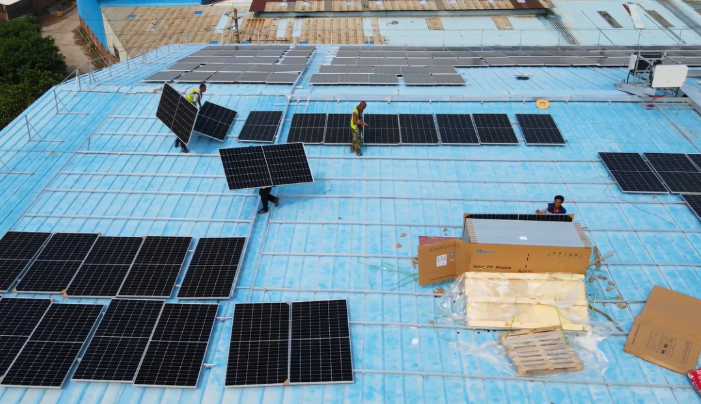
Through the above introduction, we can find that the conductors of photovoltaic wires and ordinary wires are the same. The difference between them is that the materials of their insulating layers and sheaths are different.
[Irradiation cross-linked polyolefin] Irradiation cross-linked polyolefin has strong environmental adaptability, chemical corrosion resistance, creep resistance and strong high temperature resistance, and the maximum rated temperature can reach 120°C.
[PVC] has the advantages of stable structure, high chemical resistance, good mechanical strength and insulation properties, but polyvinyl chloride has poor stability to light and heat, and the maximum rated temperature is 55°C.
[Cross-linked polyethylene] Its structure is a network structure, which has very excellent heat resistance. Its insulation performance is also higher than that of PE material. The hardness, stiffness, wear resistance and impact resistance of the mechanical properties have all been improved. Chemical resistance, strong acid and alkali resistance and oil resistance. The maximum temperature rating is 90°C.
Due to the particularity of the photovoltaic power generation system, there are special requirements for photovoltaic lines. Photovoltaic lines need to be resistant to weather, high temperature, friction, ultraviolet radiation, ozone, hydrolysis, acid, and salt. Linked polyolefins meet this-property. Polyvinyl chloride (PVC) or cross-linked polyethylene insulation is slightly worse than irradiation cross-linked polyolefin insulation in heat resistance, so ordinary wires cannot be applied to photovoltaic power generation systems.
Foshan Yuejiaxin wire & cable Co., Ltd. : PVC cable, XLPE cable,electric cable,power cable, LV cable
- PVC-Insulated Cable
- 450/750V BV Single- Core Cu/PVC Cable
- 450/750V BVR Single- Core Cu/PVC Cable
- 300/500V Or 450/750V RV Single-Core Cu/PVC Flexible Cable
- 300/500V Or 450/750V RVV Multi-Core Cu/PVC/PVC Flexible Black Cable
- 300/500V Or 450/750V RVV Multi-Core Cu/PVC/PVC Flexible White Cable
- 300/500V Or 450/750V RVVP Multi-Core Cu/PVC/CWS/PVC Screened Flexible Cable
- 450/750V KVV Multi-Core Cu/PVC/PVC Control Cable
- 450/750V KVV22 Multi-Core Cu/PVC/STA/PVC Armoured Control Cable
- 450/750V KVVP Multi-Core Cu/PVC/CWS/PVC Screened Control Cable
- 450/750V KVVP2-22 Multi-Core Cu/PVC/CTS/STA/PVC Screened Armoured Control Cable
- 0.6/1KV PVC-Insulated PVC-sheathed Single-Core Power Cable
- 0.6/1KV PVC-Insulated PVC-sheathed Multi-Core Power Cable
